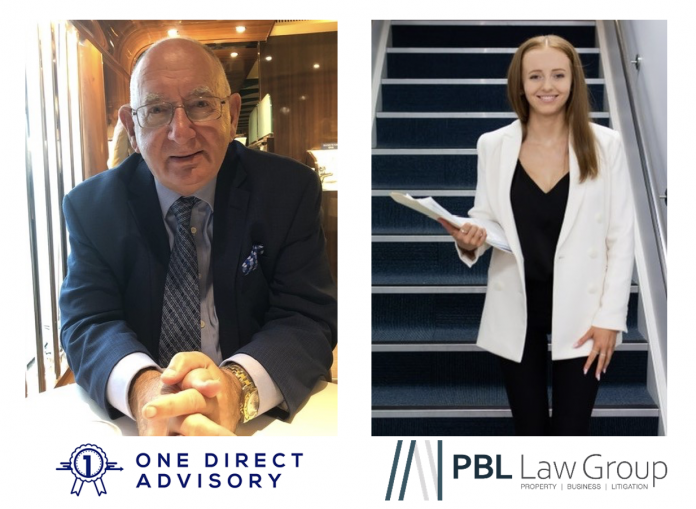This is the second of a three-part series examining the approach and considerations for effective M&A, joint venture parties in One Direct Advisory and PBL Law, authors Ron Thomsen and Amber Smyth outline the various steps and processes, especially for regional and NFP entities.
This paper focuses on what may be required to be considered in a small to medium merger or acquisition. The commitment to a merger or acquisition is understandably a major decision that could take executive and board resources at least 9 months of change management and due diligence work.
Every merger and acquisition is different, however, there are some common considerations that all entities embarking on such a venture must address, especially for smaller to medium organisations.
In our last Mergers and Acquisition paper, we commented on the importance of culture and community.
The steps to implement a merger, assuming the target party has already been selected, and preliminary research has been completed may be outlined as follows, some of which may be undertaken concurrently:
Step 1
- Determine if you need a merger advisor or facilitator and whether and when you may need legal and financial advice.
- Determine aspects of the work you will do yourself, and work which will be outsourced to professionals.
- Understand the cost commitment of the complete merger exercise, which may involve seeking tenders for some work.
- Consider the contents of the Constitutions of each respective organisation and membership benefits.
- Possible corporate structures for best outcomes.
Step 2
- Determine the merger contractual arrangements, including a non-binding Memorandum of Understanding (MOU), covering confidentiality, processes and costs sharing etc.
- Form a working group with representatives from both parties with delegated board authority to progress the merger.
- Agree on the common objectives and outcomes of the merger, including time frames. This activity could also determine a work plan for the working group and an implementation timeline.
- Determine stakeholder benefits and a communication plan for informing all parties.
Step 3
- Some larger mergers could result in a prerequisite business plan, including a competitor SWOT and risk analysis.
Step 4
- Determine the ongoing board and CEO, if from the existing people or consider recruiting externally. It is likely that there will be pressure to announce this decision, as existing resources want to know whether they will be part of the ongoing team or not.
Step 5
- Undertake the necessary financial, legal and HR due diligence. This activity will be the subject of our third paper due to be published in early May.
During these above steps, it is likely there will be problems that arise, which will require rectification. Whilst it is important to have an overarching plan, it is equally important to have the flexibility to allow for unforeseen events. These will most likely arise during due diligence exercises.
Other key considerations which will be vital for a successful merger, include:
Common Objectives
Although it may be obvious, it is important to confirm that both parties have common objectives about what is to be achieved by the amalgamation.
Such objectives may have varying degrees of importance, depending on what has prompted the merger.
For example, if the motivation for the merger was financial, a defined objective may be to increase the return on revenue. By comparison, if the objective was in relation to meeting accreditation, then the objective would be to pass external reviews.
Working group representatives
Having a defined working group with representatives from each merger party, who has board delegated authority, will not only speed up the merger process and obviate requiring both boards to approve every action or decision but it will also share the workload.
One important facet of the working group is that it starts building a new team culture with a common purpose. This was discussed in our first article.
Communication Plan and HR Considerations
Embarking on a merger process will create uncertainty amongst all stakeholders, but especially staff, who can often feel anxious and negative about the process.
In the interests of staff retention, it is important to provide regular informative updates to staff about what is happening and what is expected next.
It is important that commitments or promises are not made, as it is not possible to determine what the due diligence will uncover and what impacts this will have on the merger plans.
A good understanding of employment awards, particularly if the merged entity has more than one applicable award, is essential. An HR workplace expert could assist in this area.
The merger process journey is not rocket science. Provided there is a good merger and working group plan established from the outset, with a competent team to address the implementation, it is very manageable.
Mergers that do not result in the desired outcome generally fall over because the common objectives, merger plan, and implementation are not cohesive, or the respective parties fail to work together.










